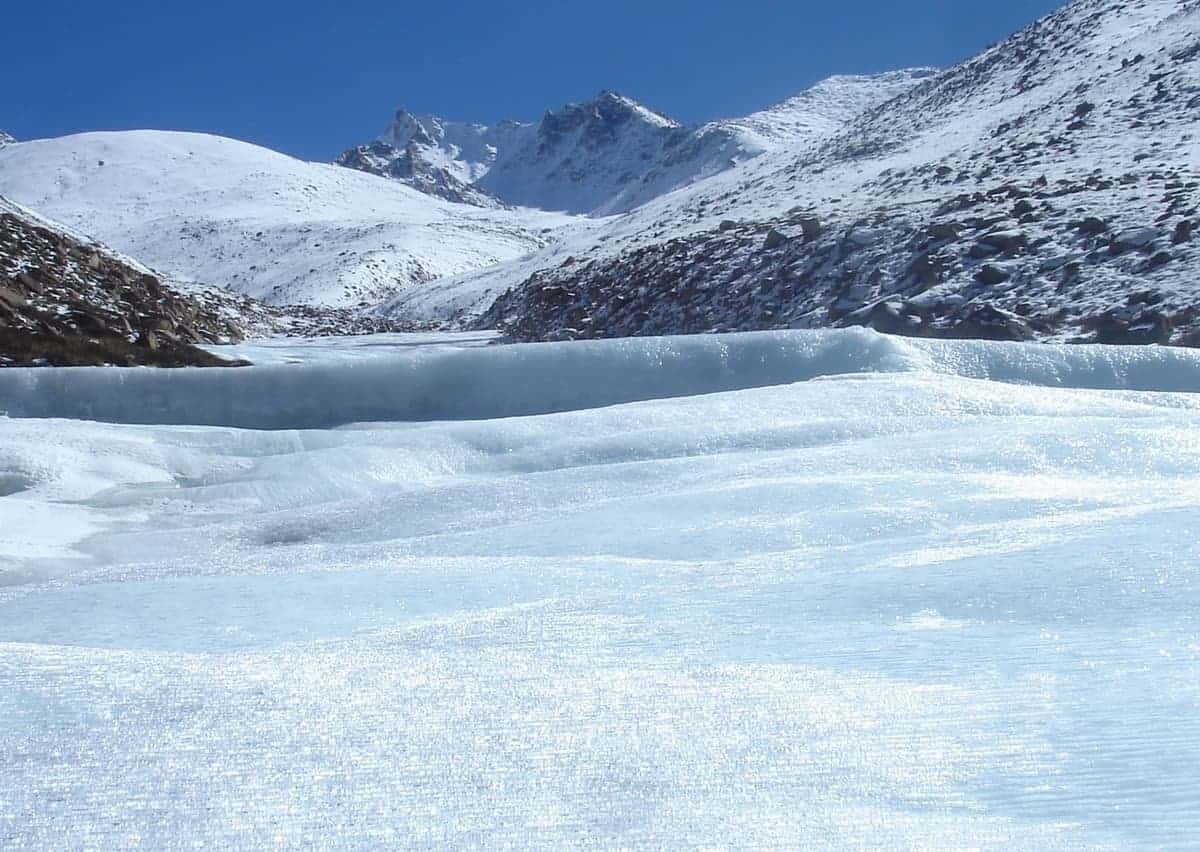New Delhi: Scientists studying glaciers in the upper Kali Ganga valley in Uttarakhand have found that a 5-km-long unnamed glacier abruptly changed its main course and merged with an adjacent glacier named Sumzurkchanki several lakh years ago, the Parliament was informed on Wednesday.
“Scientists from the Wadia Institute of Himalayan Geology have found that the unnamed glacier (located at 30.28 N- 80.69 E), covering an area of about 4 sq kms in Kuthi Yankti valley (a tributary of Kali River), abruptly changed its main course and merged with an adjacent glacier named Sumzurkchanki, due to changes in climate and tectonic forcing sometime between the Last Glacial Maxima (19-24,000 years ago) and Holocene (10,000 years ago),” Earth Sciences and Science & Technology, Dr Jitendra Singh told the Lok Sabha in a written reply.
Stating that the government encourages further research and study on the Himalayan region to find solutions to frequent natural calamities by numerous research institutes, universities, IITs, IISc, etc., he said: “The Ministry of Earth Sciences, through its National Centre for Seismology, is involved in the research using the recorded earthquake data to understand various phenomena related to earthquake processes and seismic hazard assessment particularly for Himalayan region.”
The Wadia Institute of Himalayan Geology has been pursuing research in understanding the causes and consequences of earthquakes, landslides and avalanches in the Himalaya with a view to provide mitigation measures.

